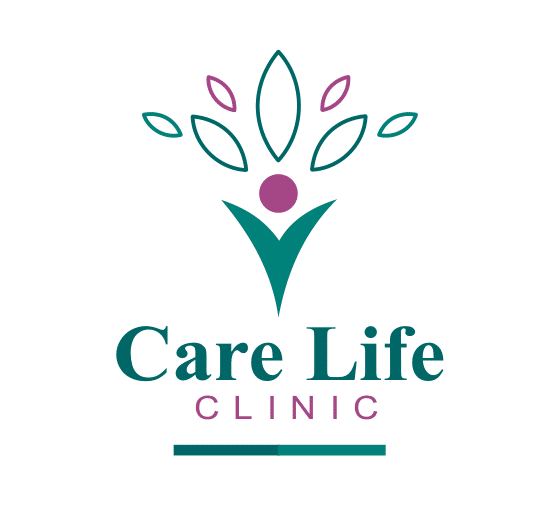Superficial Thrombophlebitis
This is an inflammatory condition of the veins caused by a blood clot underneath the skin. Superficial Thrombophlebitis (ST) most commonly affects veins in the legs, but it can also occur in other veins in the arms and neck.
ST usually requires professional care if blood clots do not respond to at-home treatment. Varicose veins, a symptom of vein disease, are a risk factor for developing ST because vein disease affects the circulation of blood in the legs and ankles.
The Risks
The main risk factor for ST is Deep Vein Thrombosis, however there are several other things that can increase risk. Females are more likely to develop Superficial Thrombophlebitis than men, however it can still can affect anyone. There are other lifestyle factors that also increase risk for ST, these include smoking, obesity, and prolonged inactivity. If you have recently had an IV or catheter, or if you have a disorder that increases blood clotting, you are also at higher risk for ST. It’s important to promote good circulation to prevent blood from clotting and causing other, serious complications.
OTHER RISK FACTORS INCLUDE:
- Stroke
- Pregnancy
- Being over 60
- Cancer
- Varicose Veins
- Pacemakers
- Catheters
Symptoms of Superficial Thrombophlebitis (ST)
The symptoms of ST are similar to symptoms of varicose veins; however, ST is often more painful because its associated with a blood clot. The location and size of the blood clot determine what symptoms occur. Symptoms will likely be more painful if the affected vein is close to the skins surface. Superficial Thrombophlebitis can cause the following symptoms:
- Skin along vein is red and inflamed
- Tissue around vein feels warm
- Area feels tender and painful like a bruise
- Limbs feel painful
- Skin around vein is darkened
- Hardening of the vein
Blood Clots
Blood clots can form from a variety of different reasons, and they have the ability to develop into more serious conditions and wreak havoc on health if left untreated. Some causes for blood clots can’t be controlled or prevented, like injuring a major vein or inheriting a disorder from family. Blood clots may not seem dangerous, but they actually have the potential to cause heart attacks or in more sever cases, lead to amputation.
Superficial Thrombophlebitis (ST) Prevention
The easiest way to prevent ST from developing is to promote good circulation. This means avoiding inactivity, smoking, or being overweight whenever possible. ST has the potential to become very serious and has been linked to the development of Deep Vein Thrombosis (DVT) and Pulmonary Embolism (PE). You should also avoid food that are high in saturated fats and sodium. Saturated fat is a direct contributor for bad cholesterol, and too much sodium in the diet can mess with blood pressure, which can inhibit proper circulation.
Living a health lifestyle is the best thing you can do for your body. You don’t have to be healthy all the time, but even just making some healthier choices can really be good for preventing all sorts of different health conditions.
Treatment for Superficial Thrombophlebitis
This condition on its own is not very serious, however you should still see a doctor immediately if you are experiencing symptoms. We recommend that you keep the leg elevated and take any pain medications for the symptoms, preferably a blood-thinner. For ST that will not go away on its own, more intense treatment methods may be required.
Varicose and spider veins are often a common sign of underlying venous insufficiency which can lead to ST. If you are concerned that you might develop ST or just have some questions regarding this venous condition, give us a call.We specialize in non-surgical treatments for varicose veins. Our treatments are affordable, convenient, and done in our clinic.
